Duy Vu
October 11, 2025
•
28 mins read
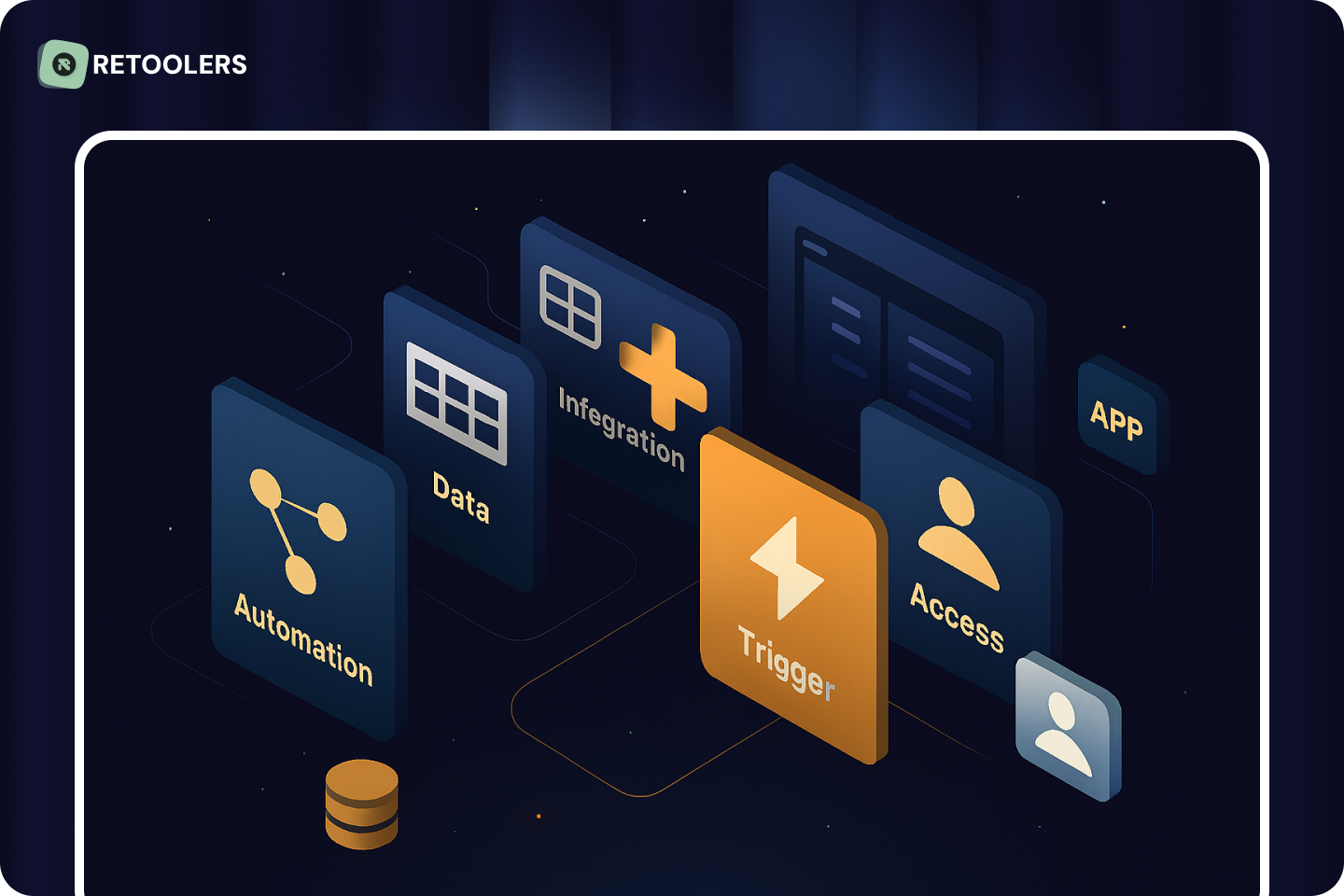
Choosing the right tool to organize your team’s data can feel overwhelming. Spreadsheets are familiar but quickly become messy, while full‑scale databases are powerful but often too complex for non‑technical users. That’s where Airtable comes in. In this blog, we’ll take a deep dive into what is Airtable, explore its core features, highlight the strengths and weaknesses of the platform, and examine how it stacks up against competitors.
We’ll also look closely at the Airtable free plan limitation, discuss how the Airtable Interface works, and break down pricing so you know exactly what to expect before committing. Whether you’re a startup founder, a project manager, or part of a creative team, this guide will help you decide if Airtable is the right fit for your workflows in 2025.
Airtable is one of the most recognizable names in the no‑code ecosystem. It’s often described as a “spreadsheet‑database hybrid,” giving non‑technical teams a way to organize and link data without touching SQL. For small businesses, agencies, and startups, Airtable is usually the first step beyond Google Sheets.
From a developer’s perspective, Airtable is essentially a polished UI layer on top of a proprietary database. It’s approachable, but it comes with hard ceilings: strict record limits, performance slowdowns, and vendor lock‑in. Compared to tools like Glide, SmartSuite, or ClickUp, Airtable is easier to pick up, but it’s not built for engineering‑grade scalability.

Tables are Airtable’s backbone. They look like spreadsheets, but support richer field types: attachments, formulas, ratings, barcodes, and more. For non‑technical users, this feels powerful. For developers, it’s a walled garden.
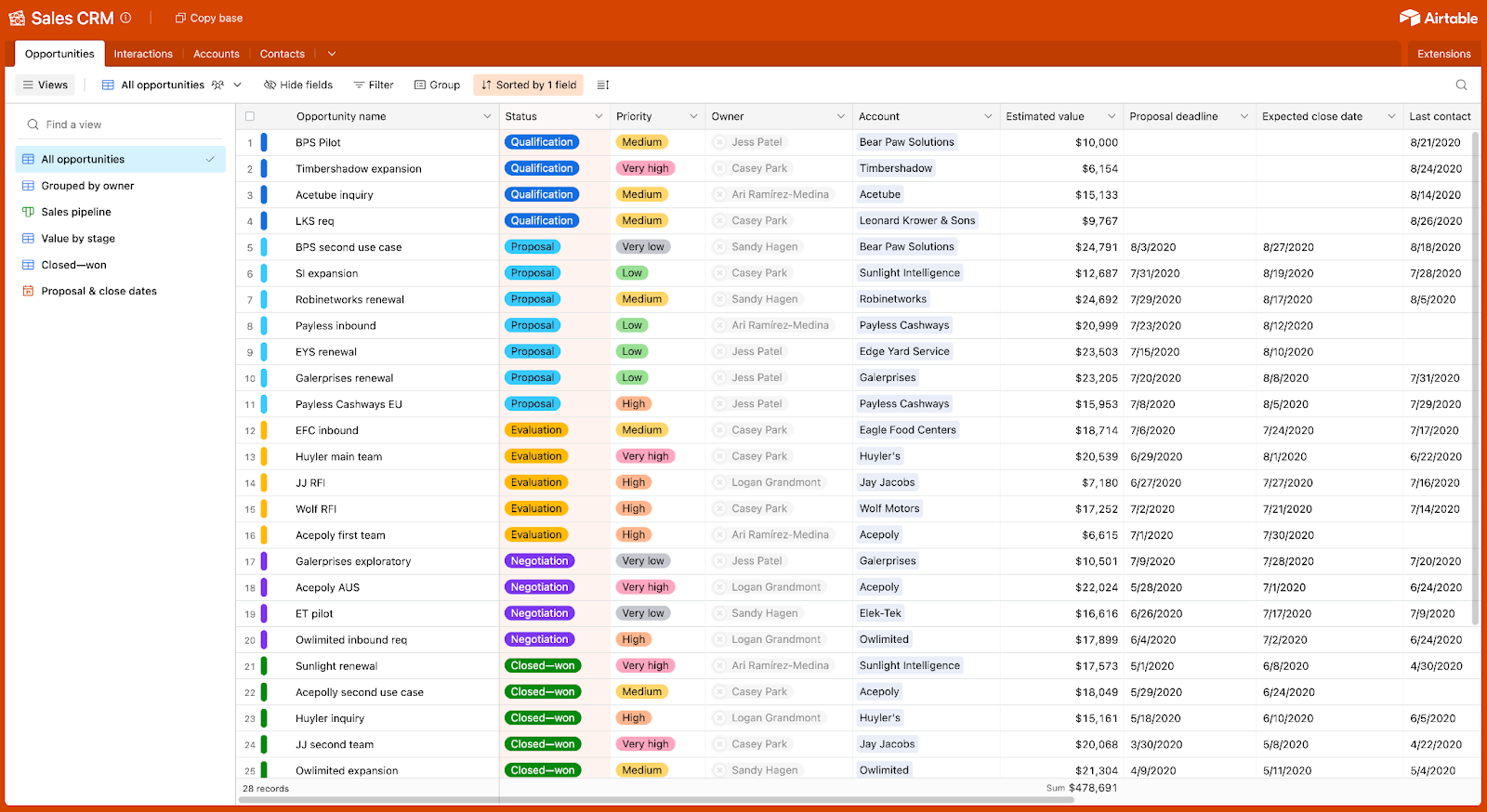
The limits are the real story: 500,000 records per base on Enterprise, with performance degradation starting closer to 100,000. There’s no self‑hosting, no control over storage, and once you’re embedded in Airtable’s ecosystem, migrating away is painful.
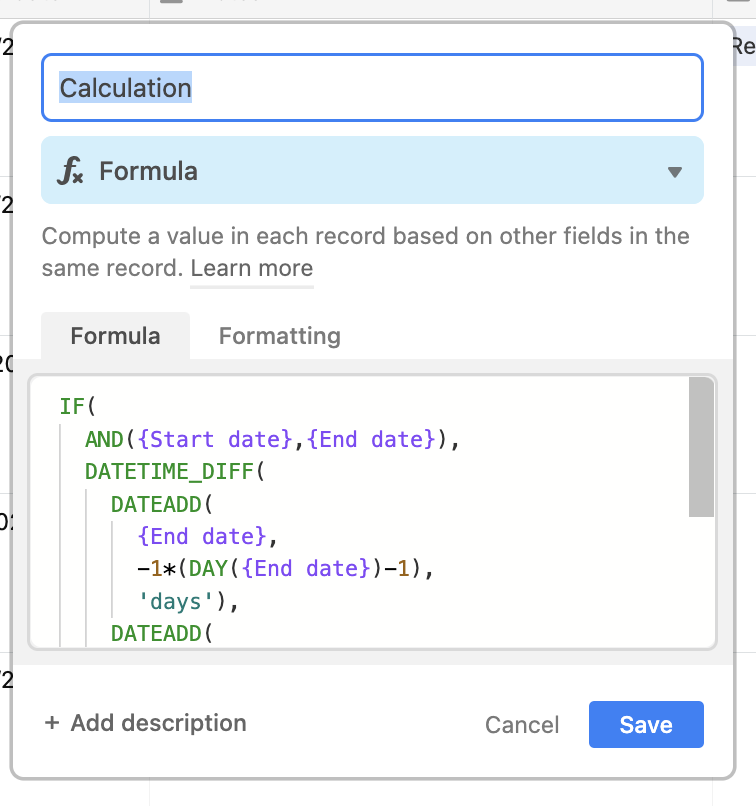
Airtable’s views (Kanban, Gantt, gallery) make data more digestible. Linked records let you model relationships across tables, and formulas give you lightweight calculations. Syncing data across bases is possible, but as complexity grows, performance tanks.
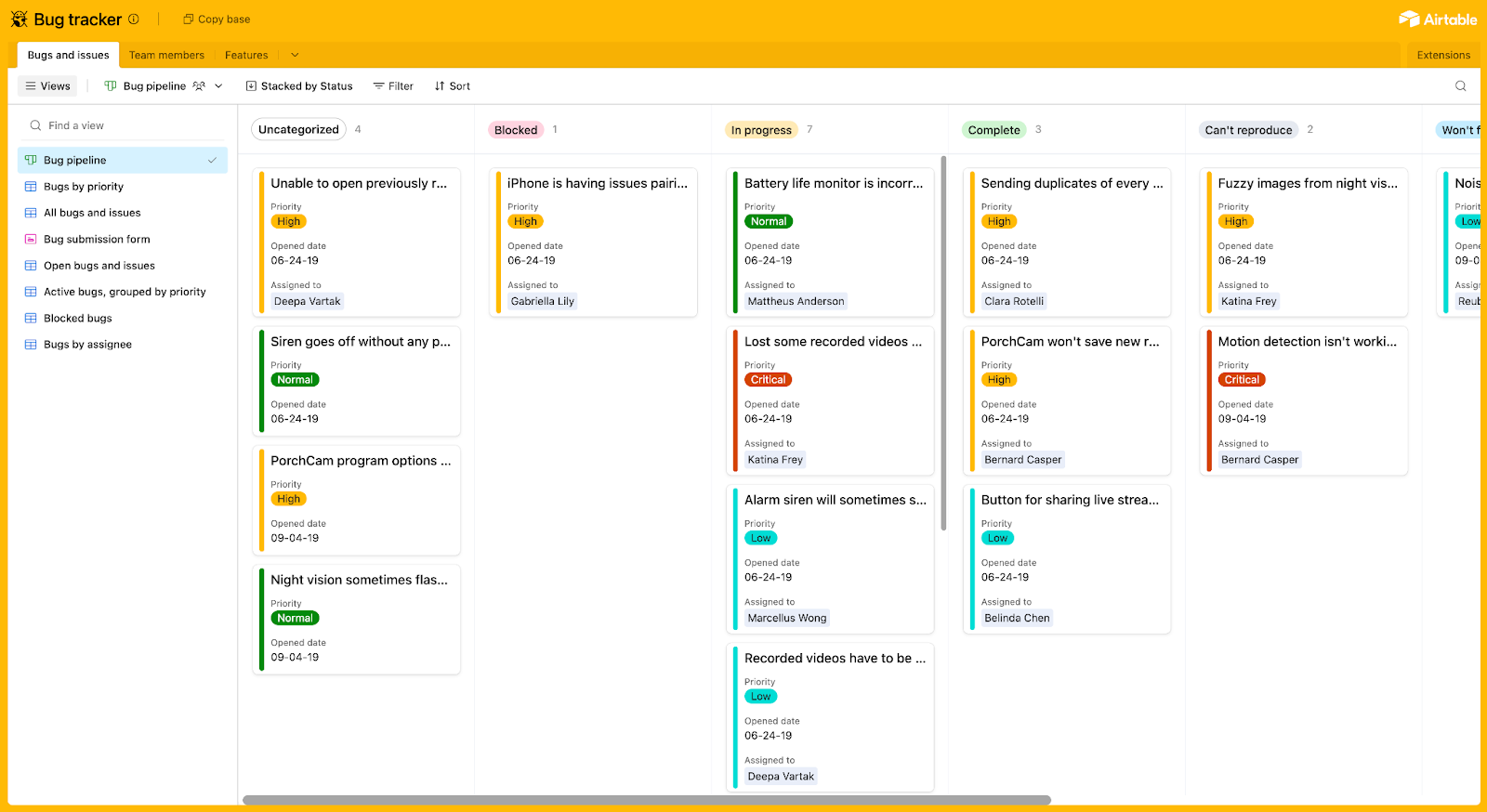
For structured data like tasks or inventory, Airtable works. For documentation or content, it’s clumsy. Long text fields aren’t a replacement for a real knowledge base.
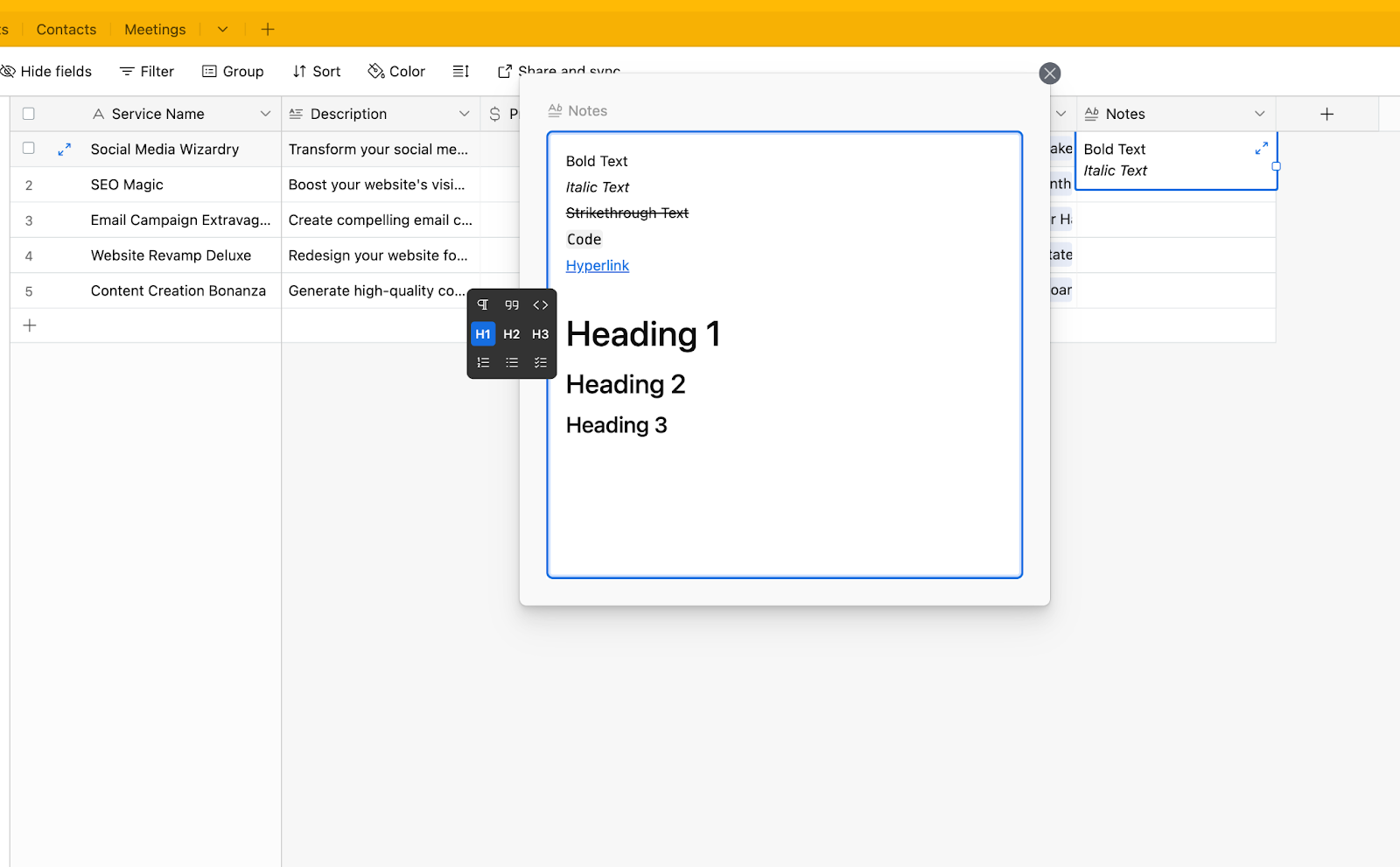
The Airtable Interface feature is Airtable’s attempt at app‑building. You can design dashboards, role‑specific views, and simple portals. It’s fine for internal dashboards, but customization is shallow. Every interactive user requires a paid license, which makes client‑facing use cases expensive.
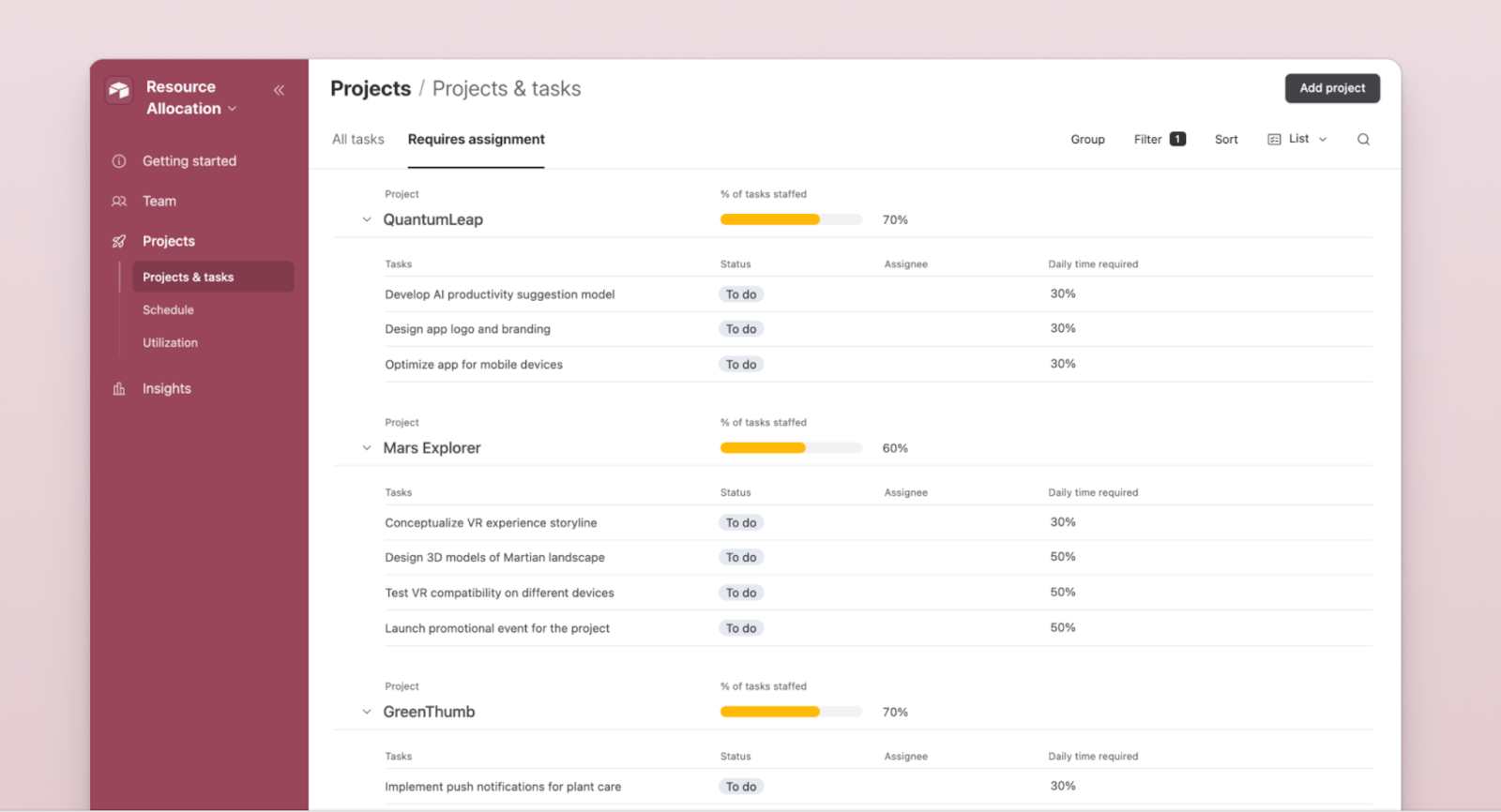
Compared to developer‑first tools like Retool, Interfaces feel like enhanced spreadsheets rather than true applications. Mobile support is weak, and UI flexibility is minimal.

Airtable includes built‑in automations, scripting, and an API. These are useful, but limited.
Developers can write JavaScript snippets to manipulate data or fetch external APIs. But you can’t import libraries, touch the schema, or modify the UI. It’s sandboxed automation, not full programmability.

The REST API is well‑documented and supports CRUD operations. But the rate limit (5 requests per second per base) is restrictive for real‑time or high‑volume use cases. Webhooks exist, but they inherit the same bottlenecks.
Permissions are better than spreadsheets but not enterprise‑grade. Roles exist at the base level, but you can’t lock down individual tables or columns. No user groups, no fine‑grained access. And every collaborator who edits data needs a paid license, which inflates costs fast.
Launched in 2024, the AI Co‑Builder generates tables, interfaces, and forms from prompts. It’s a time‑saver for simple apps, but results are inconsistent. Developers will still need to clean up relationships and logic manually.
Airtable is beginner‑friendly, but advanced use cases require digging. Documentation is thin in places, and support on lower tiers is slow. The community fills the gap with templates, scripts, and troubleshooting. For developers, this means relying on forums and shared snippets rather than official guidance.
If you’ve maxed out Google Sheets but don’t want to learn SQL, Airtable is a logical step. It adds structure without overwhelming non‑technical users.
Agencies use Airtable for lightweight CRMs, project trackers, and dashboards. Automations help reduce repetitive work, but scale is limited.
Startups and creative teams like Airtable’s flexibility for managing assets and timelines. It scales decently in early growth, but technical debt builds quickly.
Every interactive user needs a license, making client portals prohibitively expensive. Interfaces also lack the polish of true web apps.
Performance degrades with complexity. Record limits and automation bottlenecks make Airtable unsuitable for mission‑critical systems.
Cloud‑only hosting and vendor lock‑in make Airtable a poor fit for regulated industries.
Airtable can store text, but it’s not a documentation platform. Notion or Confluence are better choices.
Airtable’s UI is functional but basic. Mobile support is inconsistent across iOS and Android.
For developers, Airtable feels restrictive. The API is limited, scripting is sandboxed, and you can’t extend the schema programmatically.
Airtable’s pricing has shifted toward enterprise, frustrating smaller teams. Pro features were downgraded, automation runs reduced, and costs increased.
Here’s how Airtable’s pricing tiers look in 2025:
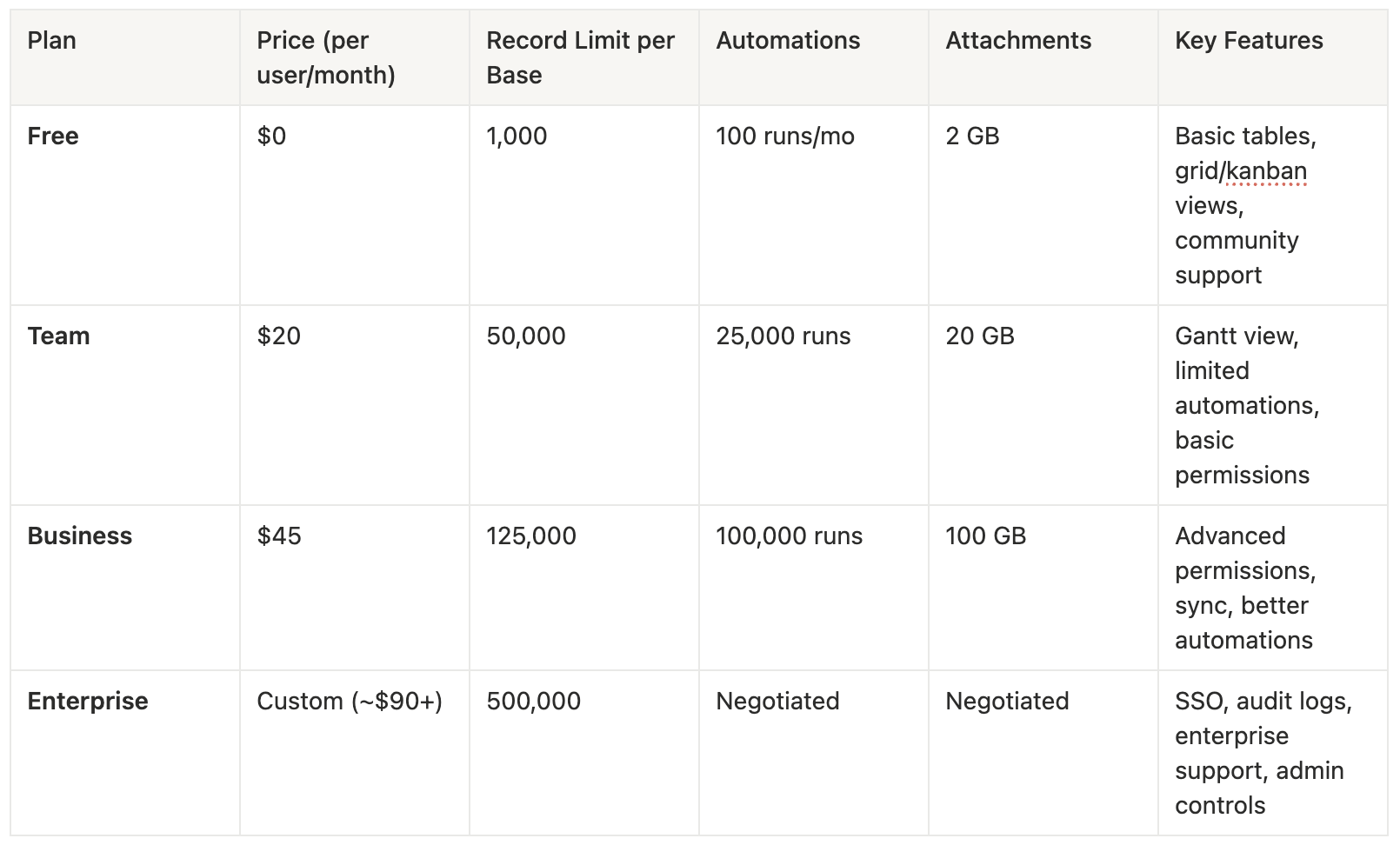
Despite the Airtable free plan limitation and rising costs, many teams stay because Airtable is mature, widely adopted, and integrates with hundreds of tools. Familiarity and reliability keep it sticky, even when pricing stings.
Sheets is free and simple, but Airtable handles relational data and automations better.
SmartSuite is cheaper and community‑driven, but Airtable is more mature.
Glide is app‑first and mobile‑focused. Airtable is data‑first.
SQL is built for scale and control. Airtable is built for accessibility.
Airtable is a polished step up from spreadsheets, but it’s not a developer tool. It’s great for small teams, agencies, and non‑technical users who need structure without code. For enterprises, compliance‑heavy industries, or developer‑led teams, Airtable’s ceilings become obvious.
At Retoolers, we see Airtable as a gateway drug: it gets teams thinking about structured data and automation. But when you hit its limits — record caps, API bottlenecks, lack of customization — that’s when developer‑first platforms like Retool become the natural next step.
Stop wasting hours on scattered tools. Let Retoolers build your custom dashboard and streamline your operations today. Book a call with us!
Looking to supercharge your operations? We’re masters in Retool and experts at building internal tools, dashboards, admin panels, and portals that scale with your business. Let’s turn your ideas into powerful tools that drive real impact.
Curious how we’ve done it for others? Explore our Use Cases to see real-world examples, or check out Our Work to discover how we’ve helped teams like yours streamline operations and unlock growth.
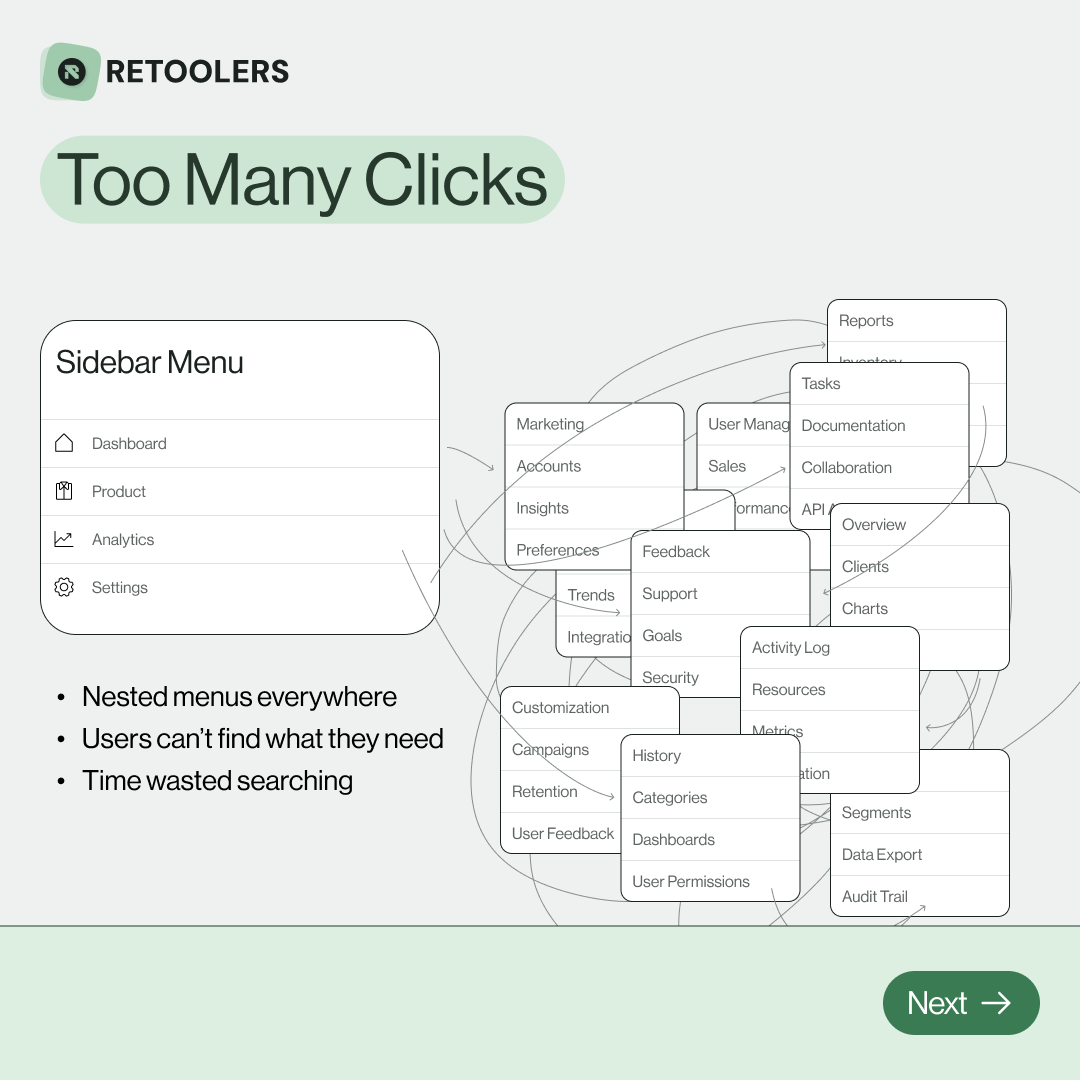
🔎 Internal tools often fail because of one simple thing: Navigation.
Too many clicks, buried menus, lost users.
We broke it down in this 4-slide carousel:
1️⃣ The problem (too many clicks)
2️⃣ The fix (clear navigation structure)
3️⃣ The Retool advantage (drag-and-drop layouts)
4️⃣ The impact (happier teams)
💡 With Retool, you can design internal tools that are easy to use, fast to build, and simple to maintain.
👉 Swipe through the carousel and see how better UX = better productivity.
📞 Ready to streamline your tools? Book a call with us at Retoolers.
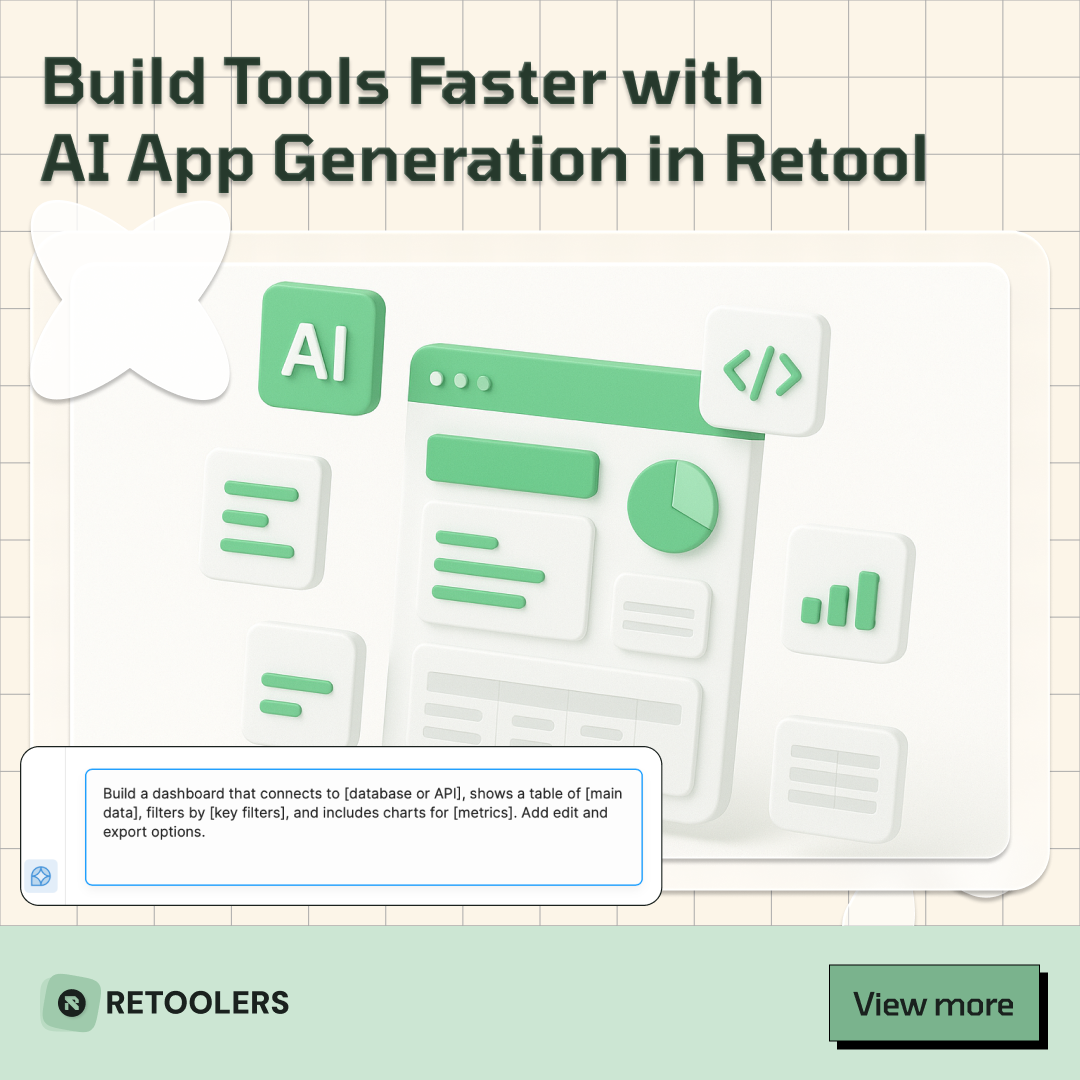
🚀From idea → app in minutesBuilding internal tools used to take weeks.
Now, with AI App Generation in Retool, you can describe what you want in plain English and let AI do the heavy lifting.
At Retoolers, we help teams move faster by combining AI + Retool to create tools that actually fit their workflows.
👉 Check out our blog for the full breakdown: https://lnkd.in/gMAiqy9F
As part of our process, you’ll receive a FREE business analysis to assess your needs, followed by a FREE wireframe to visualize the solution. After that, we’ll provide you with the most accurate pricing and the best solution tailored to your business. Stay tuned—we’ll be in touch shortly!



